Bottle holders: functions, varieties and tips for choosing
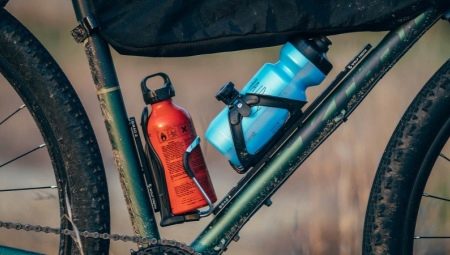
Everyone knows that water is necessary to support human life. Its deficiency can lead to a number of negative consequences that can cause disruption of the functioning of organs and their systems. It is especially important to consume enough fluid during any physical activity. That's why all bicycles are equipped with a special device - a bottle holder, which is an integral part of the vehicle's structure.
It is worth considering what types of bike bottle holders are out there, which manufacturers to trust, and how to choose the right bottle holder for your bike.
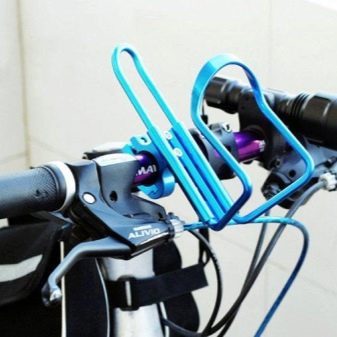
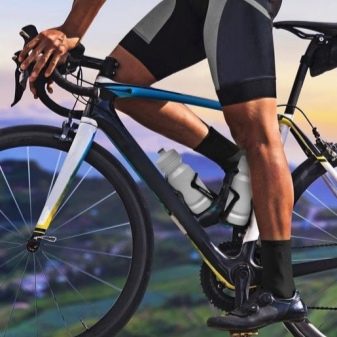
Features and purpose
A bottle or flask holder is a must-have for any bike. Despite the fact that a backpack can be used to transport water when cycling, this method is not considered the most convenient. For example, a backpack can heat up the back. Moreover, this method is not used in race conditions. Drinking water will take extra time.
The water on the bike can be transported in a plastic or reusable bottle, as well as in a special flask. One way or another, but the need for a bottle holder still exists. That is why it is very important to carefully approach the choice of this design. It depends on how securely the flask will be fixed. There are a wide variety of water bike holders on the market today.
They differ among themselves in design, place and method of fastening, as well as in the material of manufacture. Accordingly, depending on these factors, not only comfort and reliability of use changes, but also the price.
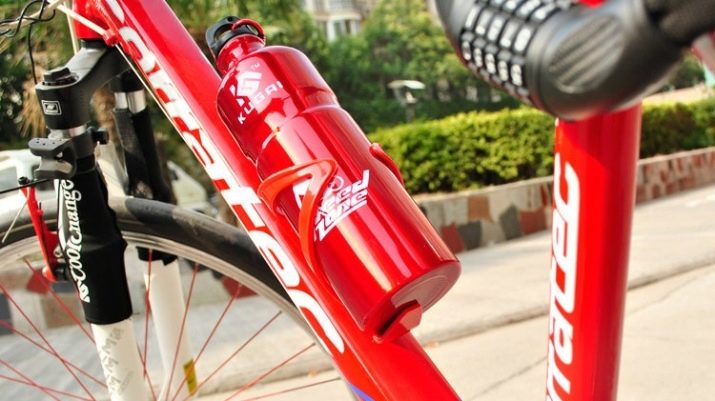
Views
The bicycle bottle cage can be made from a variety of materials. Today in our material we will consider the most popular options.
- Aluminum... Aluminum water stands are lightweight and highly durable. They are able to withstand the influence of negative environmental phenomena, and are also convenient and easy to use. However, such a device can scratch your bottle if it is not made from a dense enough material.
Over time, the fixing of the aluminum holder can loosen, so this must be monitored carefully.
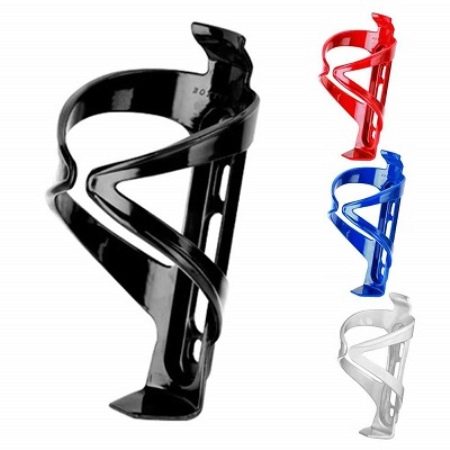
- Plastic. Plastic bottle holders are the most common and popular among cyclists. This love of consumers is explained by the fact that they hold the bottles very tightly and firmly.
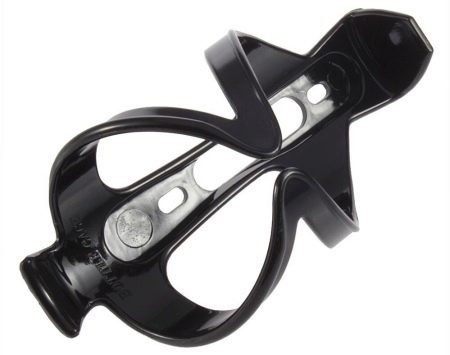
- Stainless steel... This material is characterized by increased reliability and durability. In addition, the price for such holders is quite democratic, which makes the devices affordable for representatives of almost every social stratum of society. However, it is necessary to take into account the fact that stainless steel holders also have negative characteristics. So, with intensive use of the bike, and, accordingly, the bottle holder, it can collapse. Parts of spot welding are more susceptible to destruction.
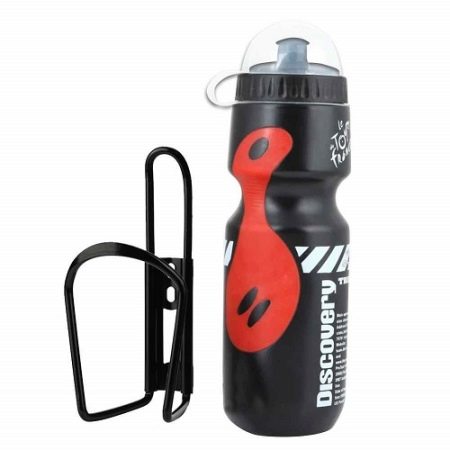
- Titanium material. Although this material is very strong and lightweight, titanium alloy holders are not widely used among users. This is because it is not cheap.
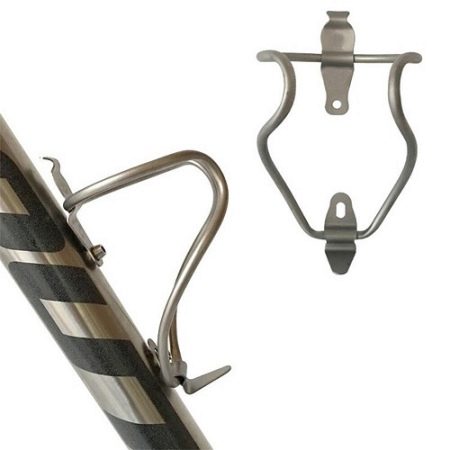
- Carbon or carbon fiber. This is a material that differs in small indicators of mass, in comparison with all the listed materials. It is used quite often for the manufacture of bicycle bottle holders, but is expensive and therefore most commonly used by professional athletes.
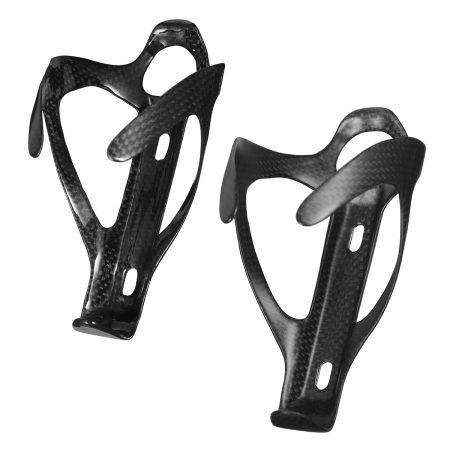
- Fabric and leather. Bottle holders made from these materials are used on bicycles or where there are no dedicated fittings on the bike. Most often, fabric and leather holders have a stylish external design and perform not only a practical function, but are also decorative elements in themselves.
Thus, depending on your individual preferences and requirements, you can choose a bicycle holder from any material. Similar designs are sold in specialized sports stores, as well as online.
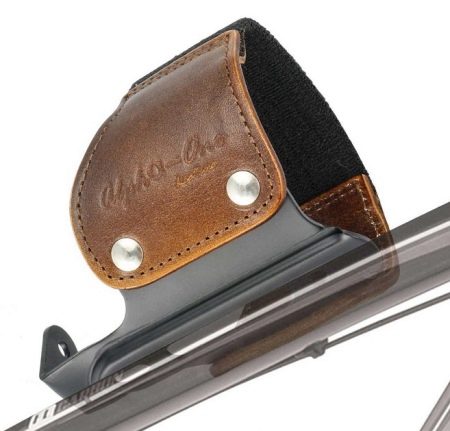
Location and mounting options
Bicycle holders can be located almost anywhere. The location determines, first of all, the convenience of using the water bottle. That is why the option of attaching the bottle holder must be approached as carefully as possible.
- Frame. Attaching the bottle holder to the frame is one of the most common and popular options. Almost every bike that can be purchased in the store, market or online today has specially designed threaded holes in the frame, these are necessary for installing a water bottle holder. Most often, these holes are located in the lower tube or seat tube. These mounts are standard, so you can attach almost any existing holder to them.
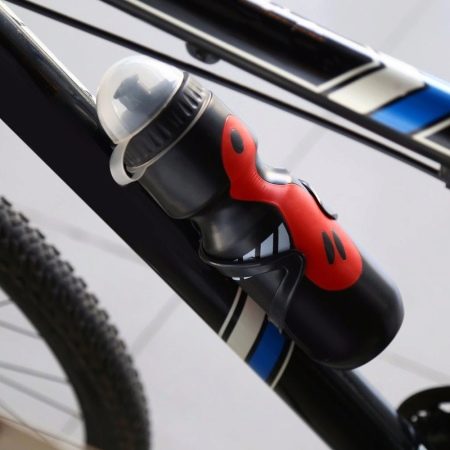
- Steering wheel. The handlebar mount for the bottle cage is the second most popular option. To secure the bottle, specially designed clamps are used. Thus, the cyclist does not even have to bend under the saddle to reach the water bottle (which is necessary when attaching the holder to the frame).At the same time, it is worth noting that a fairly large number of other devices are already installed on the steering wheel. In addition to fastening with clamps, there is another option for fastening by installing a holder with ties to the outside.
And also the holder can be attached by installing a specially designed plate, which has special holes for the stem cover. Moreover, the diameter of these holes is standardized.
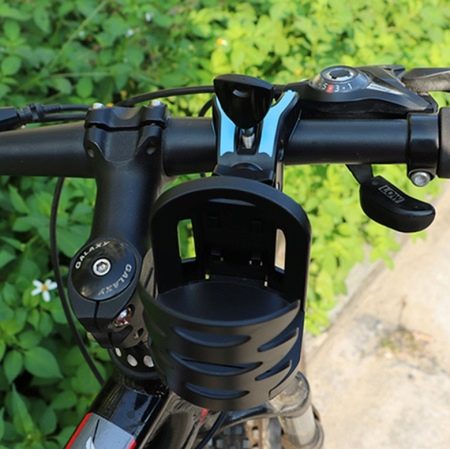
- Upper frame tube. A bottle holder is most often attached to the upper tube of the frame, which is designed to transport an additional supply of water. Most often, water reserves are located in a case, bag or bag, and those, in turn, are fixed on special straps. In addition, instead of fabric covers, you can use structures made of plastic or wire. However, this method is not the most convenient, therefore it is used quite rarely. It is especially inconvenient to transport water on the upper tube of the frame if the bottle has a non-standard shape or dimensions.
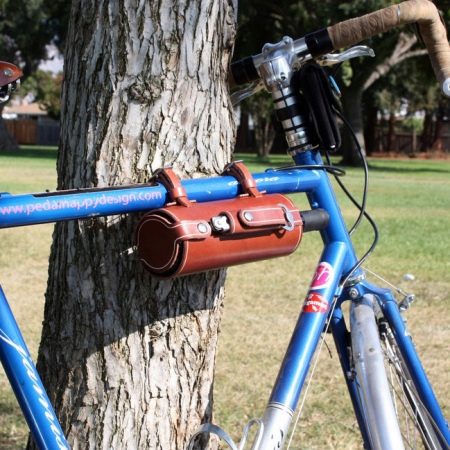
- Seatpost. Since this place is very accessible while riding, it is quite often used to install a water holder. However, one should take into account the fact that this place does not have special holes for fastening. In addition, if the flask falls out while driving, you will not be able to notice this, since this area is outside the visible zone.
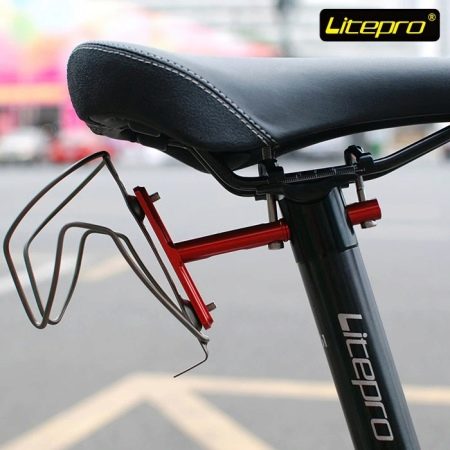
- Saddle... A saddle frame is most commonly used to secure the bottle holder. In this case, wire holders are used, which are equipped with specialized clamps or screws. With this design, several bottles of water can be fixed under the saddle at the same time.
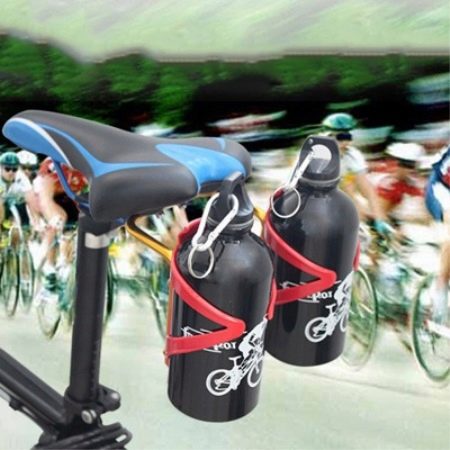
- Trunk. Since not every modern bike is equipped with a rack, this method may not work for everyone. If your vehicle does have a trunk, then you can attach water bottles to it using specialized holders. The number of water bottles in this case is limited only by the size of your trunk.
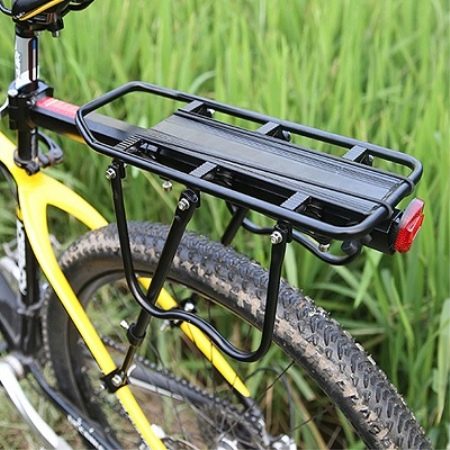
- Front fork. This method is suitable for those who wish to transport oversized and irregularly shaped water bottles.
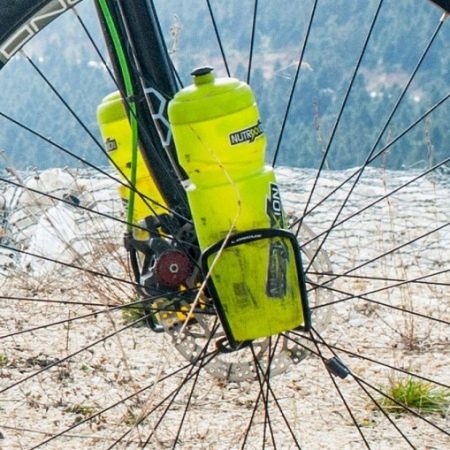
- Helmet. If you prefer attaching a water bottle to your helmet, then this will also put additional stress on your neck and spine.
In general, the bottle holders can be attached with brackets, adapters and bolts.

Popular manufacturers
Popular manufacturers that make and sell bottle holders from a variety of materials (from plastic to carbon) include several companies can be distinguished.
- Cube - a popular German manufacturer of both bicycles and accessories for them. Among them, one of the most popular lines is distinguished - Elite.
- BBB Is an international company that is trusted not only among amateurs, but also among professional cyclists.
- Topeak - Taiwanese brand of bicycle accessories.
Important! When purchasing a water holder of any of the brands described, make sure you are dealing with an authorized dealership.
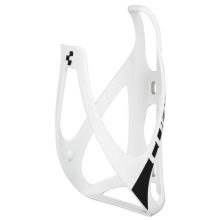
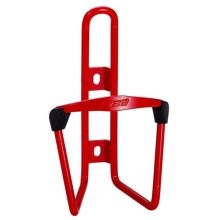

How to choose?
If you do not know how to choose the right water holder for a bicycle or scooter (adult or child), then when buying, you should pay attention to factors and characteristics such as:
- the material from which the holder is made;
- weight;
- external characteristics;
- volume;
- manufacturer.
If you take into account all these details when purchasing, then you will choose a quality bottle holder that will serve you for many years, fulfilling its functional purpose, and will also match your aesthetic preferences.
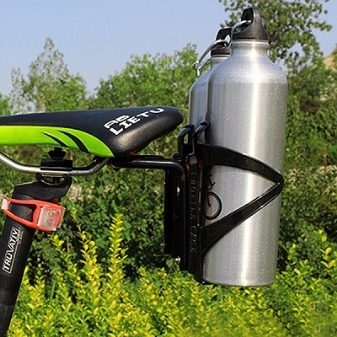

For information on how to make a bottle holder for a bicycle with your own hands, see the next video.








